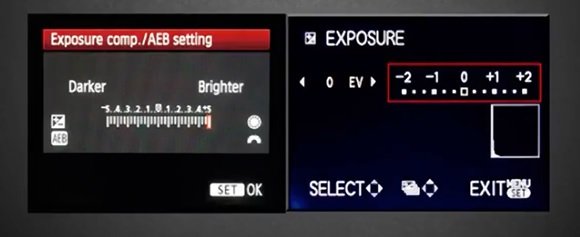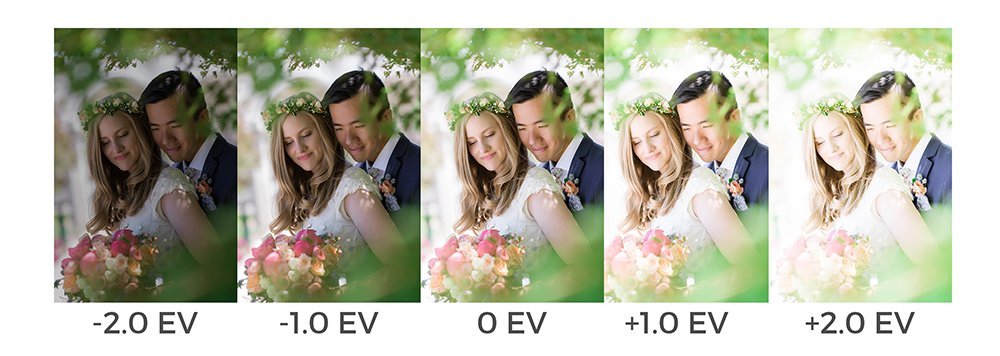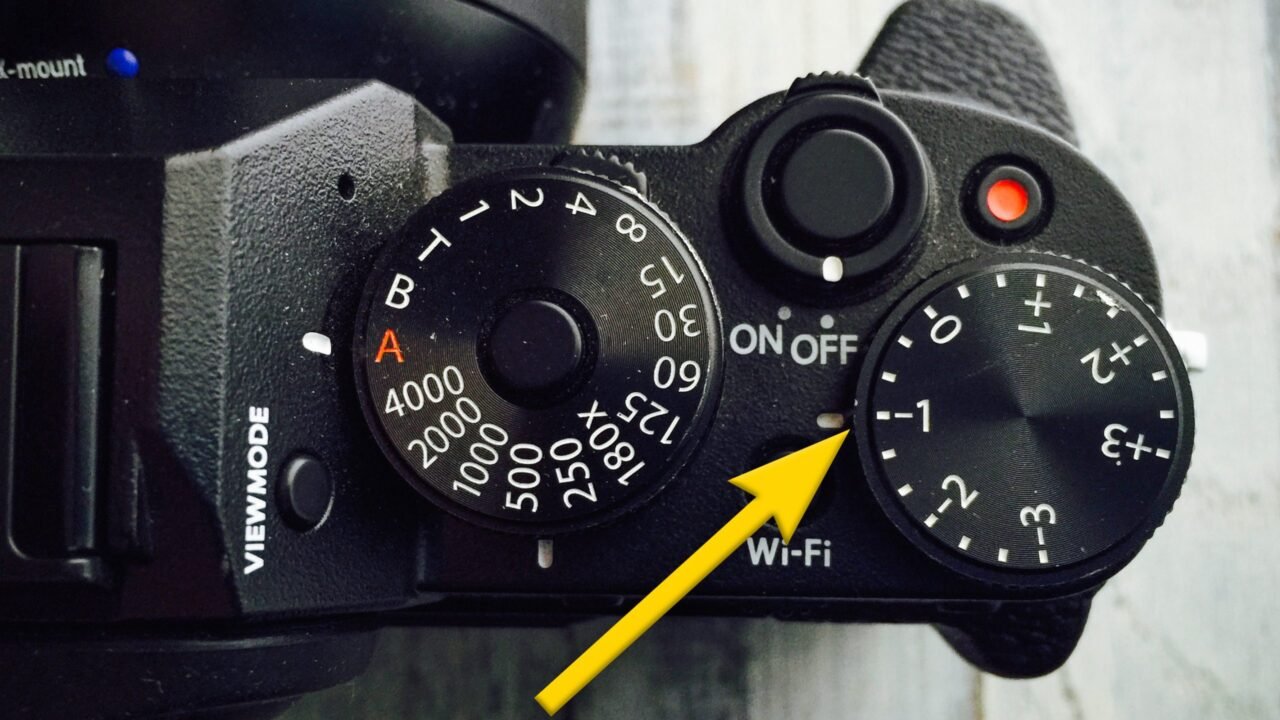What is exposure compensation
The built-in light meter of modern cameras is already very accurate, but sometimes the light meter will be affected by the surface of the object and make wrong judgments. The most common situations are:
Shooting a large area of white objects (such as wedding dresses)-the camera’s light meter will think that the object is very bright (misjudgment), so the camera makes a mistake and lowers the exposure, resulting in underexposure.

Shoot a large area of black objects (such as graduation gowns)-the camera’s light meter will think the object is very dark (misjudgment), so the camera makes a mistake and increases the exposure, making the photo overexposed.
The following picture is an example of shooting a large area of white objects:
In these situations, we need to manually adjust the EV value to compensate. Now whether it is a normal DC or DSLR will also include this function, usually the value is from -2 to +2 (more advanced cameras have +-3 or even 5), as shown below:

Written by Collin Smith @ remotes.works Holborn London

 My Account
My Account 


